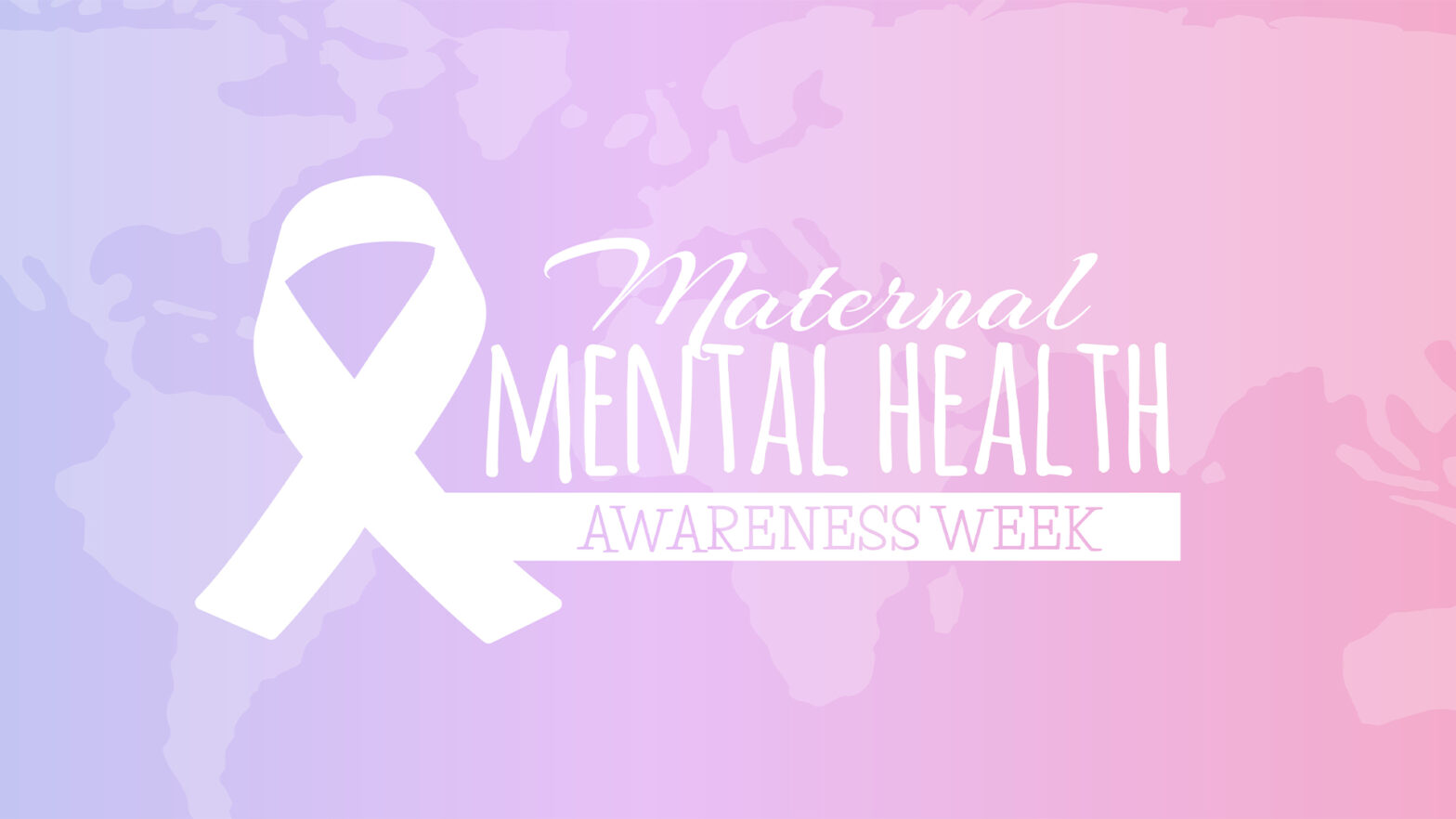The Growing Prevalence of Chronic Diseases and Progress in Treatments
The world, specifically including the American population, is in an ironic position: despite being one of the wealthiest, most technologically, and medically advanced countries on the planet, there has been a steady and drastic rate increase in the number of chronic health conditions in this country.
A paper published in the National Library of Medicine from February of 2020 stated that nearly 50% of the United States population have a reported chronic disease condition. With the uncomfortable statistics only backing up the reality of the troubling health numbers representing the American populace, a number of ideas have been proposed as causes, and have been enacted to help combat this malady.
Statistics
The World Health Organization is projecting a significant increase in the number of chronic disease conditions worldwide. The current rates, if left to continue unchecked, by 2050 means that chronic diseases will make up around 86% of the roughly 90 million deaths per year. In contrast, areas that have been historically high, like maternal and infant deaths, have fallen by over a third. There is also a lessening of rates of infectious diseases such as Malaria and HIV.
Collectively, those victories have raised the global life expectancy from the average of 67 years, as reported in 2000, to age 73 in 2019. Much of this is likely due to increased education and interventions which have seen a decline in the use of known health risks such as tobacco use and unclean water or sanitation or other health related disparities. However, obesity, a far too common condition that contributes to and complicates nearly every health condition, has continued to rise and, sadly, shows no signs of slowing.
Speaking specifically of the American population, those wishing chronic health diseases are expected to rise. Dramatically.
The number of adults older than 50 will increase by over 61% from 2020 to the year 2050. Of that same population, and during the same time frame it is expected that over 99% will deal with at least one chronic disease condition. Additionally, multimorbidity (defined as the presence of two or more consistent chronic diseases per individual) is also projected to rise by over 90%, and those rates vary little in connection to race.
Roughly 61-65% of the population, whether white, non-white, black, or Hispanic will develop one or more chronic diseases, however, in consideration of sex, men tend to have more multimorbidity.
Rising Health Care Costs
There is a trend reported which suggests that, during the 1950’s, there was a significant shift that occurred in the population which contributes to both the staggering rate increase of the presence of chronic conditions and the unacceptably high averages in health care costs. Much of this is attributable to the increased use and availability of antibiotics which led to an increased likelihood of longer life span.
The medical associations were, arguably, both unprepared for and disinterested in the responsible management of this shift in public health trends. Not only did certain major industries like the pharmaceutical and insurance providers choose to manipulate the situation to increase profitability, but medical schools around that same time were also more interested in the research and development of new surgery techniques and mediations rather than long term care or patient education.
The consequences of these decisions? In the 1980’s alone, the rates of chronic disease occurrences easily doubled, and healthcare costs tripled. As of 2020 chronic disease rates grow by around 7 million people per year affecting over 50% of the population and accounting for over 85% of annual health care costs.
Progress in Treatment Options
Somewhat ironically, or perhaps as a direct result of the previous decade’s lessons, many institutions and medical professionals are working toward the development of programs for chronic disease management, practices, and educational initiatives that seek to counteract the concerning rates of chronic health conditions. The following are just a few examples.
Culinary Medicine
It has long been said and known that food plays a major role in people’s health. Despite this, the ease of unhealthy, undernourishment, pre-packaged and fast-food culture has greatly exacerbated many of the aforementioned conditions and contributed to more complications in conjunction with higher rates of obesity. In response to this, there are some health systems that are offering education in nutrition and the culinary arts.
Cardio Health Initiatives
Members of the Kaiser Permanente group living in the regions of Northern California have reported a 30% reduction in heart disease and strokes. The cause? Preventative lifestyle initiatives combined with primary care that use a multidisciplinary approach through things like stress management, nutrition, exercise, better sleep habits, and avoiding tobacco use.
Diabetes Prevention
Of the over 100 million adults in the U.S. that have prediabetes, only 19% will ever find out that they even have a health issue. In response to this troubling statistic, leaders at Henry Ford Health have decided to increase the number of health screenings and tests to see that more patients are accurately diagnosed.

















